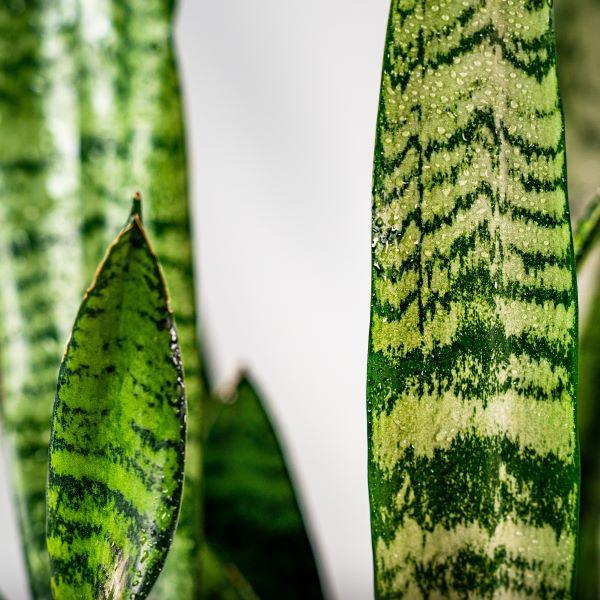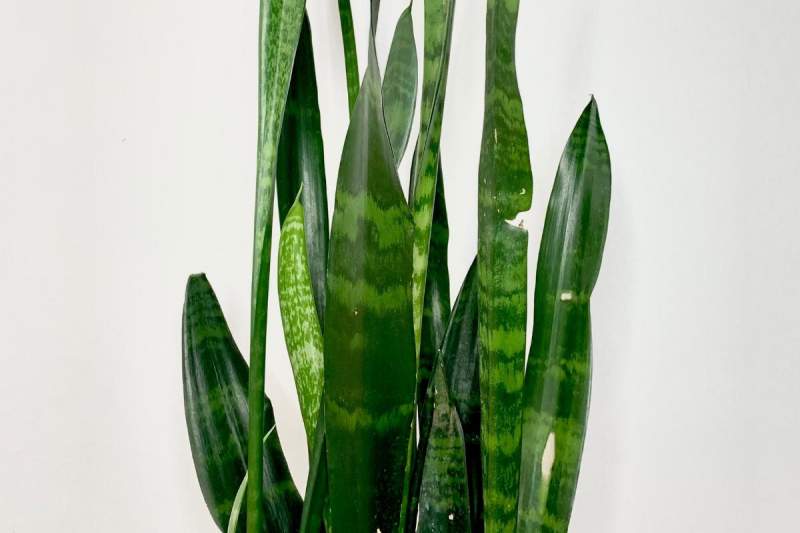Excitement About Snake Plant Leaves Turning Yellow
Wiki Article
Some Ideas on Snake Plant Leaves Turning Yellow You Need To Know
Table of ContentsRumored Buzz on Snake Plant Leaves Turning YellowHow Snake Plant Leaves Turning Yellow can Save You Time, Stress, and Money.Snake Plant Leaves Turning Yellow Things To Know Before You Get ThisThe smart Trick of Snake Plant Leaves Turning Yellow That Nobody is DiscussingThe Only Guide to Snake Plant Leaves Turning Yellow10 Simple Techniques For Snake Plant Leaves Turning Yellow
If you intend to have a serpent plant in your home, right here are a number of points to bear in mind: Excessive water is this plant's weak point. Place a snake plant in a well-drained pot to avoid overwatering, as it can trigger decomposing. Only water the soil when it's totally dry.If completely shaded, the plant can boring and the fallen leaves may become a little bit floppy. Serpent plants are not just very easy to look after yet easy to increase. Just follow these directions: Cut off a healthy and balanced leaf near its base and make an upside-down V cut at the base. Position the fallen leave in a clean container of water.
As soon as roots have actually started to develop (3 to 5 weeks), you can keep in water or transfer to soil. Location a snake plant in a well-drained pot to avoid overwatering, as it can cause decaying. Be sure the pot has a hole to permit draining. Snake plants are proven to be as beneficial as they are visually appealing.
Use the knife to separate the plant right into areas, keeping the origins for each section undamaged. Descendants or dogs are baby plants arising from the dirt.
What Does Snake Plant Leaves Turning Yellow Mean?
Utilize a sterilized reducing tool to eliminate a long, healthy and balanced leaf at its base (Snake Plant Leaves Turning Yellow). Immerse the cut end of the leaf in a tidy jar of water and set the container in a partially warm location. Or allow the cut end to callous over for 1 day and then pot it cut-end downNight-blooming blossoms are great smelling and comparable in appearance to lilies. Make certain to pick a cultivar that flowers, since not all snake plant ranges will flower. The Spruce/ Alonda Baird The Spruce/ Alonda Baird The Spruce/ Candace Madonna Snake plants grow best with eight to ten hours of indirect sunshine or a few hours of early-morning direct sunshine.
Throughout wintertime, check the plant's soil mix every two weeks or sothe plant could need to be sprinkled just when a month. If you discover its fallen leaves are breakable and completely dry, water quickly. Throughout spring and summer season when the plant is in energetic development, watering every 2 weeks approximately is normally enough.
To regulate height, remove the highest leaves at the dirt line with a clean and sterile cutting device. Damaged leaves can be gotten rid of at any type of time, nevertheless, winter season pruning can cause stress. Repot your snake plant every 3 to 5 years, or when you see roots expanding out of the holes in all-time low of the pot.
The Ultimate Guide To Snake Plant Leaves Turning Yellow
The ideal time to repot is in springtime. When repotting a snake plant, put it at the very same degree as it remained in the initial pot. Snake plants don't endure temperatures reduced than 50F. If you are expanding the plant outdoors, bring it indoors and maintain it in a warm place where it's shielded from chilly drafts.Many can be gotten rid of by hand or with a gentle spray of water. Serpent plants are one of the easiest plants to preserve and can last for many years.
Owning a snake plant has numerous benefits (Snake Plant Leaves Turning Yellow). It's a simple and sensible way to begin making your green thumb. Below are several of the very best aspects of having a snake plant. Easy to look after and a great very first plant for beginning gardeners, Distinct form adds height and passion to houseplant collections, Adapts to different light conditions and endures low-light environments, Plant is forgiving and virtually indestructible, Portable growth routine fits well in small rooms, Dry spell resistant frequently asked question Serpent plant earned its name as a result of the method its long, thin fallen leaves with unique red stripes and various other markings resemble some sorts of snake.

Snake Plant Leaves Turning Yellow for Dummies
Snake plants are easy-care houseplants. From time to time, repotting Snake Plants is essential for keeping a healthy and flourishing plant. This tutorial on repotting Serpent Plant kingdoms reveals you the steps to take, the mix to utilize, and when you need to repot your serpent plant. Snake Plant kingdom are several of my very preferred houseplants.I really repotted 5 of my plants however you only see 2 of them below. I call this project the "Snake Plant switcheroo" due to the fact that I exchanged out containers and places they were in.
That's why I add in the succulent and cactus mix because it's chunky and well oxygenated (Snake Plant Leaves Turning Yellow). I additionally toss in a couple useful source of handfuls of organic compost as I'm growing (I go a lot lighter on both this and the worm compost when repotting houseplants as compared to container plants in my yard) and a 1/2 layer topping of the worm compost
Both are full of high-grade components. Make sure whatever potting soil you utilize says it created for indoor plants on the bag. I make use of Container's regional compost.
Rumored Buzz on Snake Plant Leaves Turning Yellow
Earth's a shot if you can not locate anywhere you live. Both enrich the dirt naturally. Worm garden compost is my favored amendment, but I utilize it sparingly due to the fact that it's rich. You can discover more concerning why I use worm compost below. The top four are what I utilized for my mix.
As an example, if yours remains in a 6 grow Look At This pot, then an 8 pot would be the size you would certainly wish to utilize. Due to the fact that Sansevierias like to expand as they expand, I've located that they do not need a deep pot. A deep pot has even more dirt mass at the base which might stay also wet which causes root rot.
You can see the thick roots they save water along with the roots & leaves. Collect your soil mix materials. (Occasionally I blend them up ahead, and various other times in the pot as I accompany. Loosen the plants from their pots. For one plant I utilized a plain knife and for the other, I carefully pressed on the grow pot.
The Ultimate Guide To Snake Plant Leaves Turning Yellow
As soon as the plant is out of the pot, determine just how much dirt mix you'll need to elevate the top of the root round up website here to 1/2 to 1 listed below the top of the brand-new pot. Add the mix in. Area the plant in the pot and fill in around the sides with mix.Report this wiki page